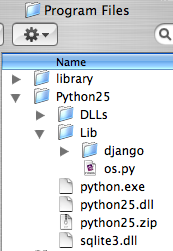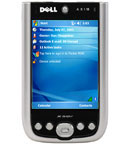I couldn't find simple instructions on how to set this up so here's my mini howto for Linux. (Sorry for the rather technical content on this one, it's really just a note to myself).
- Get lighttpd
- ./configure --with-webdav-props --with-webdav-locks
- make install (as root)
- mkdir /var/run/lighttpd
- mkdir /var/log/lighttpd
- /usr/local/sbin/lighttpd -f lighttpd.conf
# lighttpd configuration file for a webdav server
#
# in MacOSX you can mount this with http://host/
#
# See:http://trac.lighttpd.net/trac/wiki/Docs%3AModWebDAV
server.modules = (
"mod_access",
"mod_webdav",
"mod_accesslog" )
server.document-root = "/var/www/"
server.errorlog = "/var/log/lighttpd/error.log"
accesslog.filename = "/var/log/lighttpd/access.log"
webdav.activate = "enable"
webdav.is-readonly = "disable"
webdav.sqlite-db-name = "/var/run/lighttpd/lighttpd.webdav_lock.db"
server.pid-file = "/var/run/lighttpd.pid"
# at least server html pages
mimetype.assign = (
".html" => "text/html",
".htm" => "text/html"
)
----
Update: After using this as a server for a few days, I have to report that there are two issues:
- Re-naming folders takes ages, reports an error, but does work
- You can't cancel a file copy










